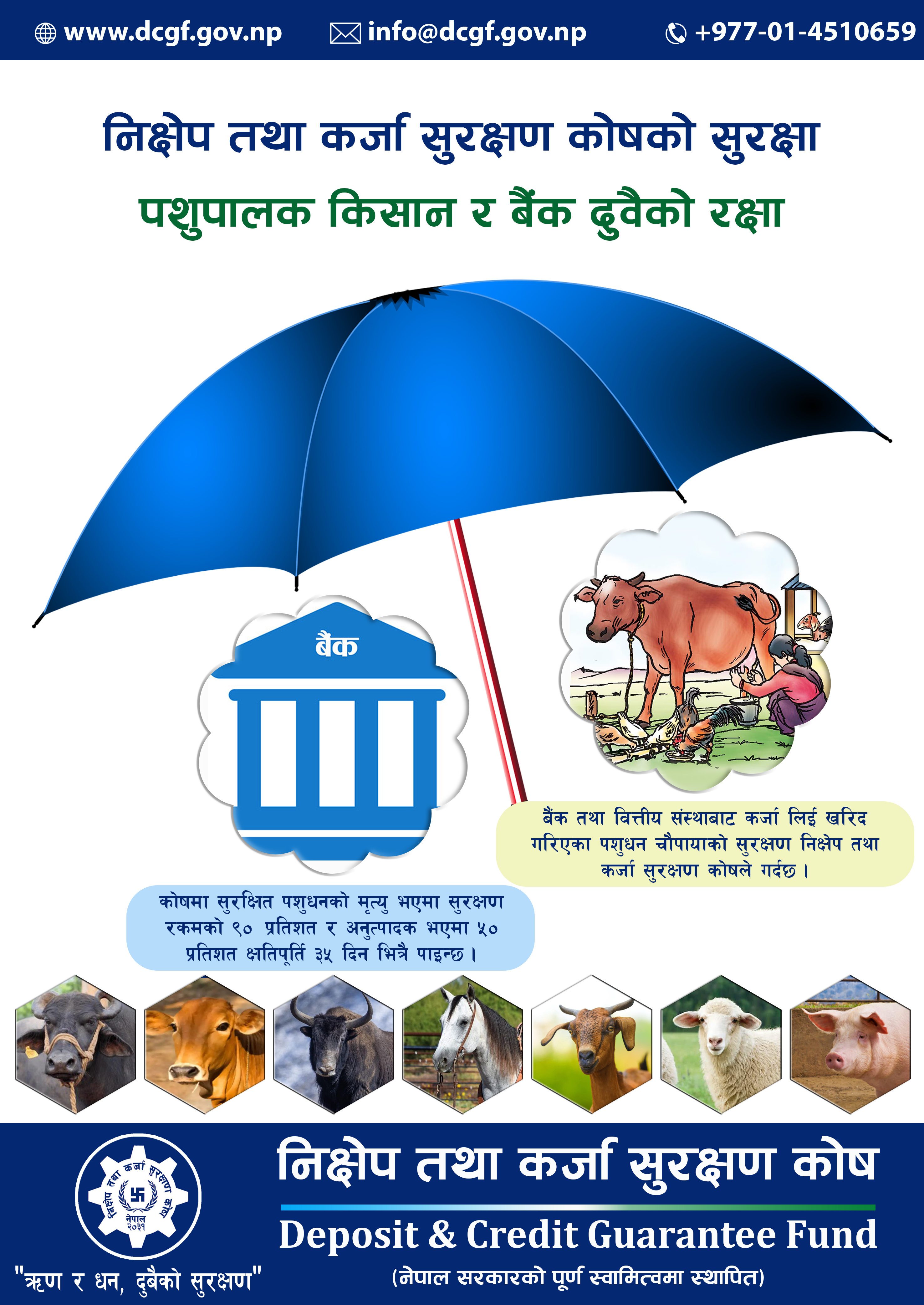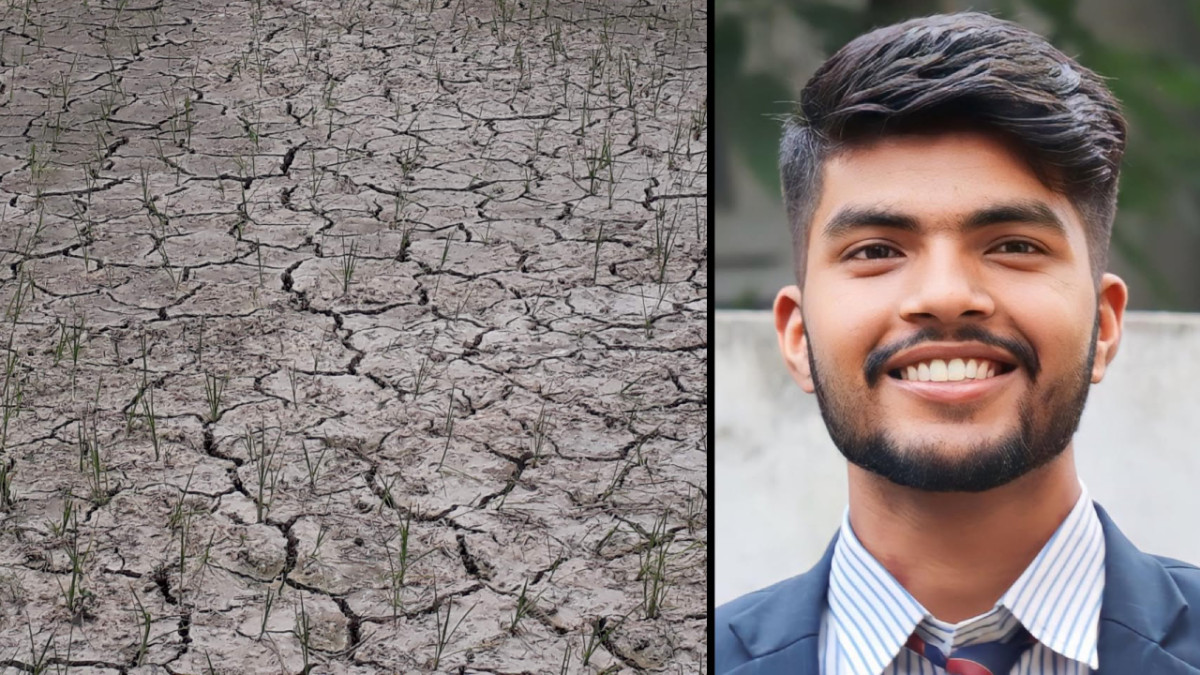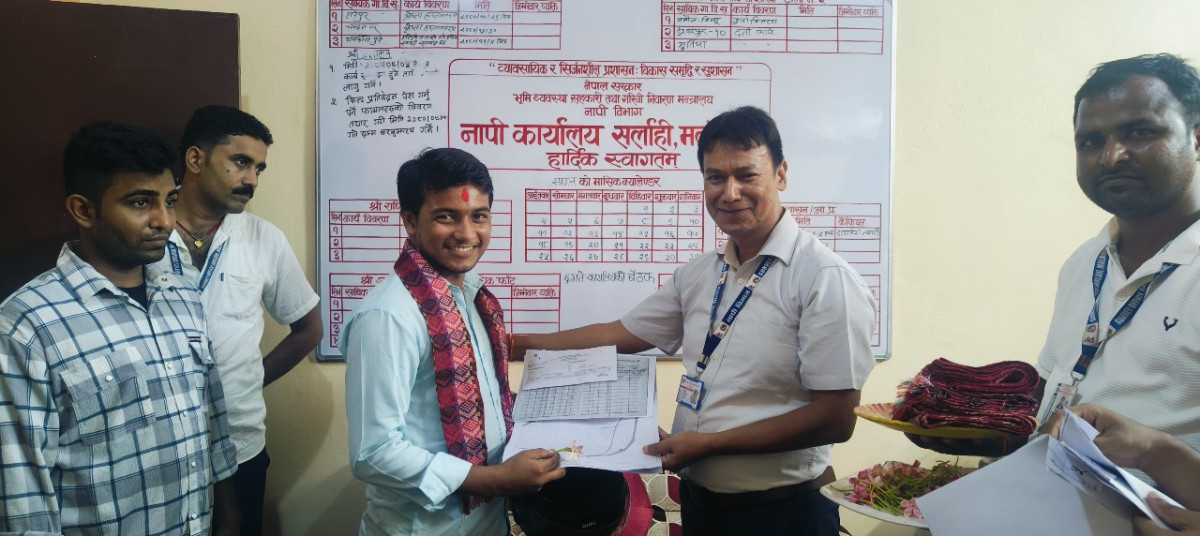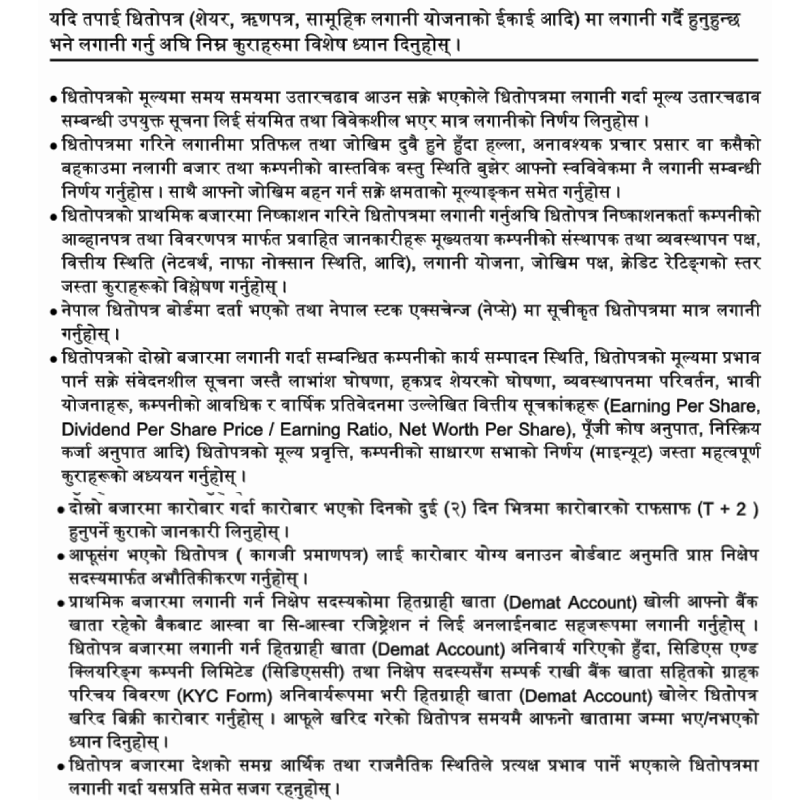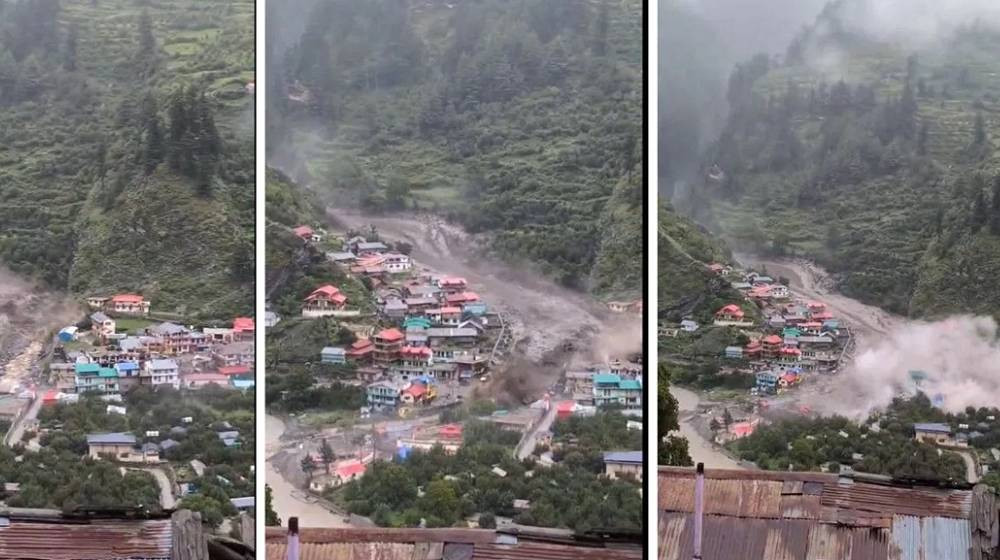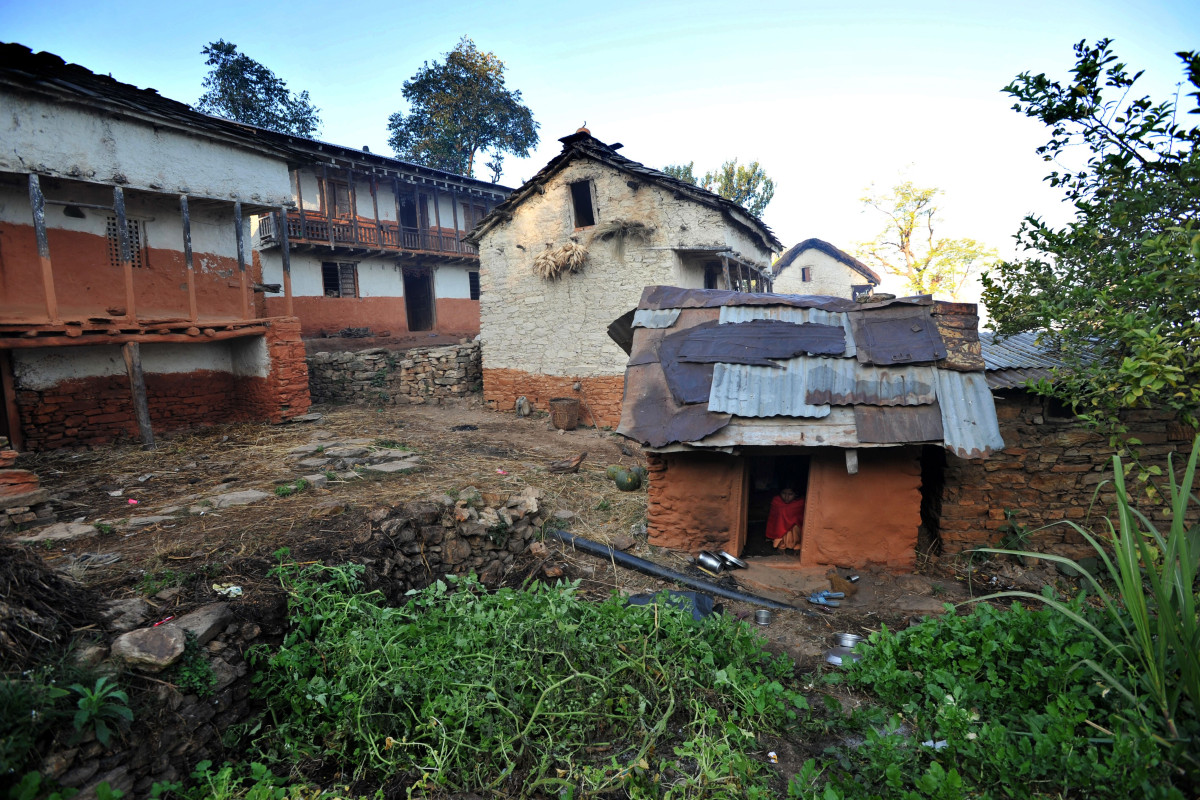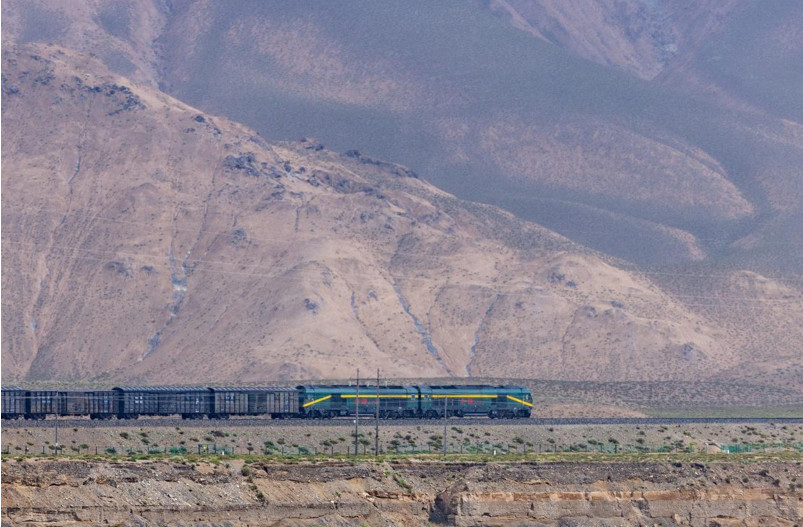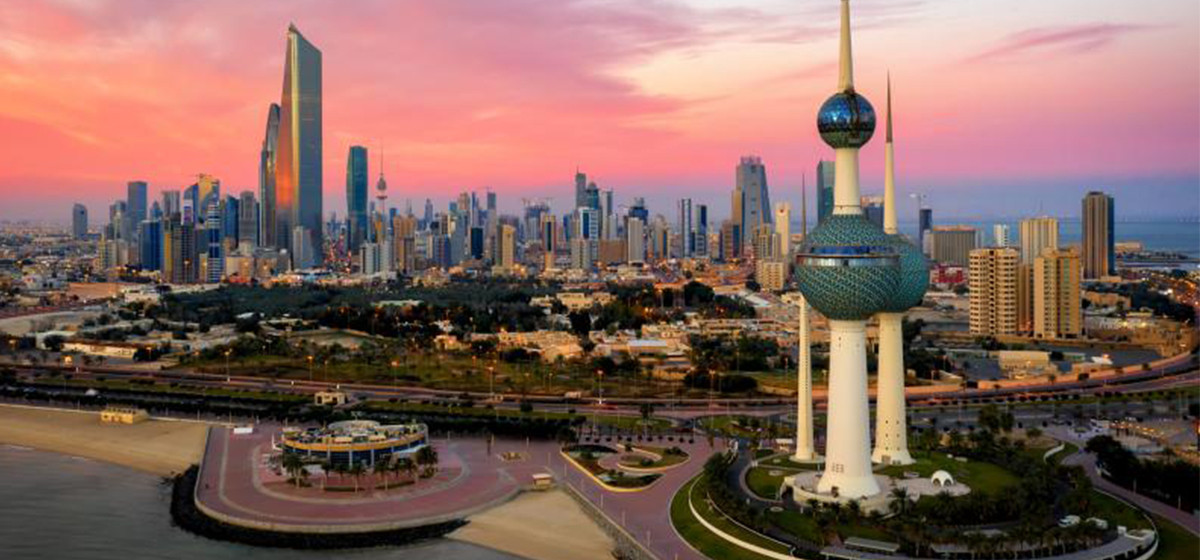Nepal is blessed with diverse and beautiful landscapes as well as ethnic, cultural, and biological diversity. That is why the country is one of the top destinations and has been lately listed in “top must-visit destinations” in different travel magazines.
There are many established destinations within Nepal. How can one forget the so-called golden triangle of Kathmandu-Pokhara-Chitwan? In addition, there are many emerging destinations, and a few places are becoming overnight sensations. Thanks to the media and the influencers. This article could have been about promoting those emerging / new virgin destinations; however, it is more about how those destinations could be saved from failing. If we do not think about saving those destinations, the hype will be short-lived, and the expectations of the visitors won’t be met.
To begin with, destinations fail because they misunderstand all kinds of visitors as tourists. Visitors are those who visit any place and usually do not stay there, and do not get involved in any activity, and might not contribute to that place and people's well-being. On the contrary, we can consider people as tourists when they stay at the place they visit at least for a day and get engaged in activities which contribute to the well-being of the local people, place, and the environment.
When any place gets discovered and gradually becomes popular, the local stakeholders tend to become very happy as the place witness more number of visitors and some emerging destinations are claiming that the place welcomed more than hundred thousand visitors on the New Year, however, many are not aware if they stayed or not, if they bought something paying money, or shared any new knowledge to the local people. The visitors came and clicked a few pictures, and returned. Do destinations look for such visitors? If yes, how those destinations would survive and thrive is unimaginable.
Destinations fail when we misunderstand them as property of a certain state only and do not consider them as common resources. Destinations cannot be a property of a certain individual/ group or state only. Although a certain individual or group can initiate a few projects to get a certain place as a destination, it does not remain solely their only when it gets popular. Destinations become common property as they gradually start offering value to different stakeholders, and their actions have impacts on different sectors and stakeholders.
In our context, we have many destinations that extend to different rural municipalities, districts, or even provinces. The most unsustainable practice is when certain entities consider those destinations to be merely their property and not common property. To save the destinations, we should ensure common ownership of those destinations, not only by local leaders but also by all the stakeholders.
Destinations fail when we cannot cope with the travel trends. Currently, the travel trend is experiential tourism. Tourists do not believe in what others claim the destinations offer. They opt to experience the place, people, local cuisines, and indigenous activities. It is said that there is no better and more effective marketing than 'word of mouth'. To ensure that the word of mouth is good, the destinations must offer unique experiences to the tourists. In Nepal, many emerging destinations are only claiming to be destinations because they offer a splendid view of the landscape. Yes, this gives immense potential for the place to get established as a destination, however, it would not go long if we do not offer the visitors any activity and experience. Therefore, destinations fail when they do not diversify their products.
Destination Life Cycle
To sum up these few points, it would be apt to talk of the concept of a destination life cycle. Every product has a lifecycle, and if we consider tourist destinations as products, in the service industry, destinations also have life cycles. Back in 1980, a famous six-stage lifecycle was suggested by scholars:
(i) Exploration Phase, where tourism has not yet started or is limited, and the destination is still to be explored by the masses;
(ii) Involvement Phase, where tourism starts and some businesses open in the destination;
(iii) Development Phase/ Growth Phase, where different amenities are developed to establish the place as a popular destination, and tourism grows;
(iv) The consolidation phase is where tourism growth slows down gradually;
(v) Stagnation Phase is the phase where the number of tourists saturates and
(vi) Decline is the phase where the number of visitors starts declining.
Different emerging destinations witness steep growth in the number of visitors and are usually misunderstood as being established destinations. However, that place cannot become a tourist destination unless it is sustainable. It has to ensure that the visitors get reasons to visit that place even after many years to come.
Lastly, if any tourist destination is to thrive, the place and its people need to ensure that tourism is a major driver of transformation. All the stakeholders should own the destination and should contribute to conserving it before promoting it. The local people should ensure the regulations and code of conduct to ensure that the place welcomes tourists rather than mere visitors.
(The author is a Senior Officer of the Nepal Tourism Board)


.gif)


.jpg)



.jpeg)
.gif)



